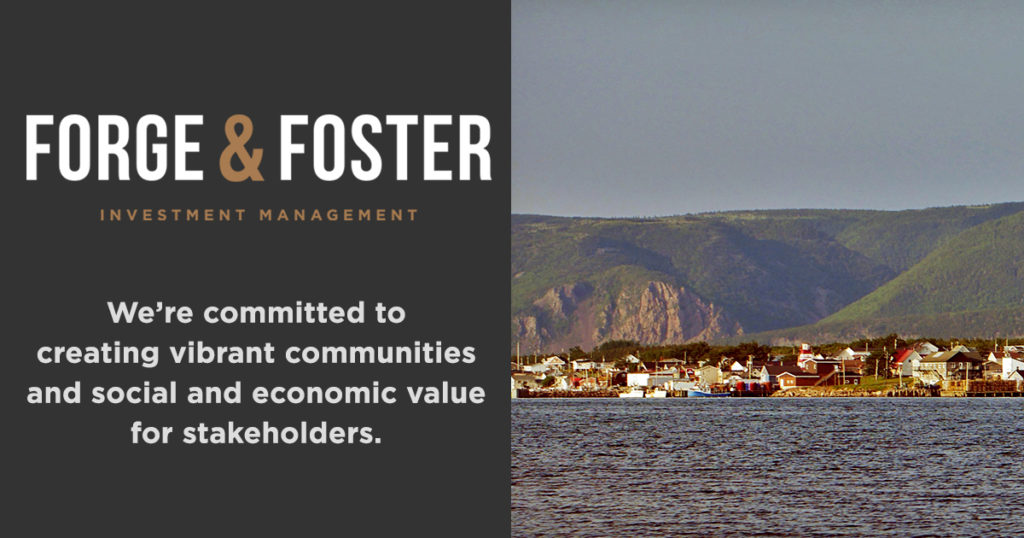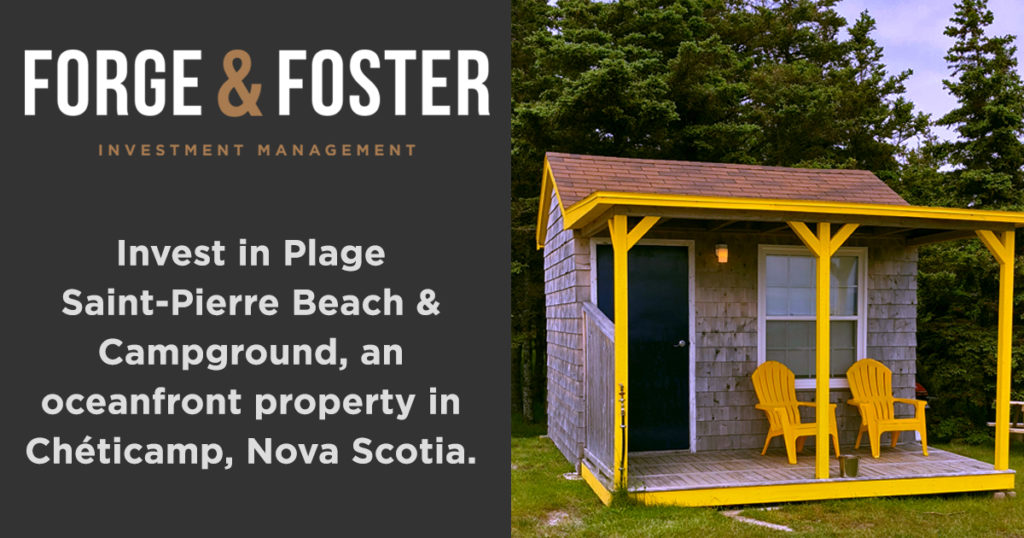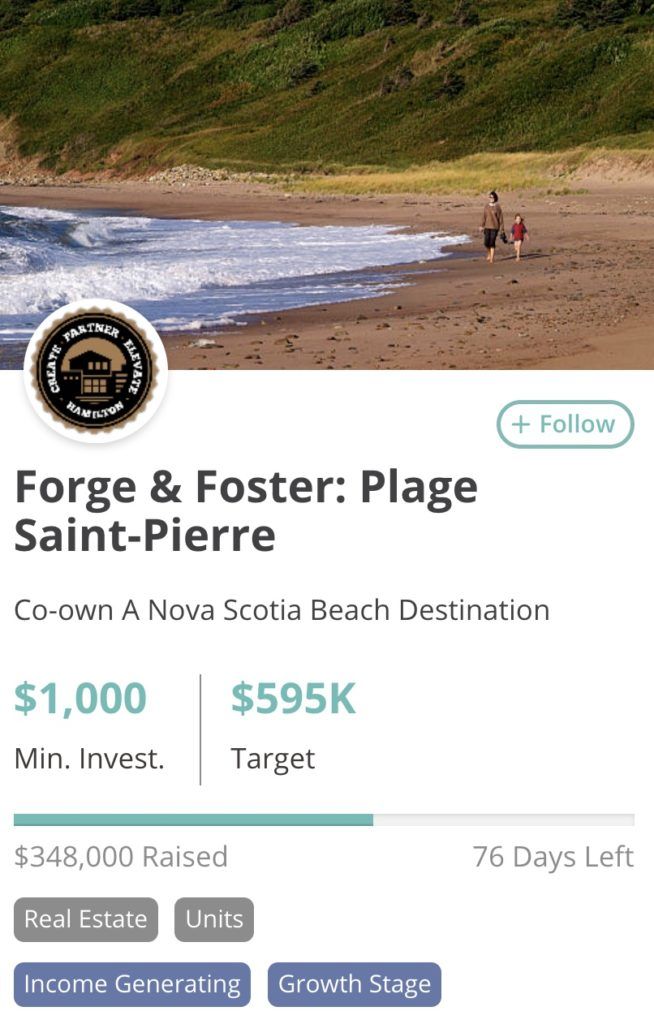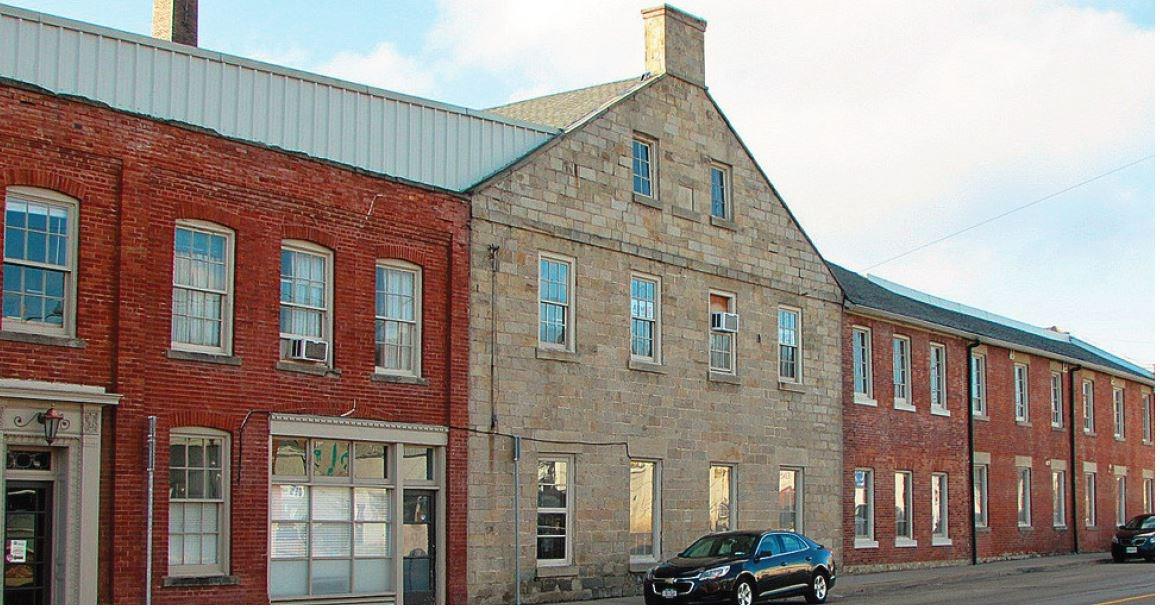The Top 50 Real Estate Investment Books
If you’re a real estate investor (or thinking about becoming one) you know how important it is to equip yourself with knowledge- from webinars and courses to seminars and mentors, the options are endless!
But what you may not realize is that books can also be a powerful investment tool. In fact, there are plenty of great books out there on investing that can help you make smart choices with your money. To help you get started, here are the top 50 best real estate investment books, based on our experts’ recommendations.
Whether you’re a seasoned investor or just starting to learn the ropes, these books will provide you with all the information you need to make smart decisions about where to put your money.
So if you’re looking to boost your financial knowledge and invest smarter, be sure to check out this list of the best real estate investment books!
the top 50 best real estate investment books
1. “The Intelligent Investor” by Benjamin Graham: This book is considered the “bible” of value investing and is a must-read for anyone looking to get into this strategy.
2. “The Warren Buffett Way” by Robert G. Hagstrom: This book outlines Buffett’s unique investing philosophy and approach to building a successful portfolio.
3. “The Millionaire Real Estate Investor” by Gary Keller: This book is a comprehensive guide to real estate investing, covering everything from finding properties to financing and managing them.
4. “The Book on Rental Property Investing” by Brandon Turner: This book is a step-by-step guide to successful rental property investing, from finding the right property to screening tenants and managing your investment.
5. “The Real Estate Investor’s Guide to Flipping Houses” by J. Scott: This book provides a detailed, step-by-step guide to flipping houses for profit, from finding the right property to repairing and selling it.
6. “Build a Rental Property Empire” by Mark Ferguson: This book is a comprehensive guide to building a profitable rental property business, from finding the right properties to managing and scaling your business.
7. “The ABCs of Real Estate Investing” by Ken McElroy: This book is a great introduction to real estate investing, covering everything from the basics of property ownership to financing and taxation.
8. “The Real Estate Investor’s Bible” by William Bronchick: This book breaks down real estate investing, covering everything from finding properties to financing and closing deals.
9. “The Complete Guide to Flipping Properties” by Steve Chaderjian: This book is a step-by-step guide to flipping properties for profit, from finding the right property to repairing and selling it.
10. “The Real Estate Investor’s Guide to Financing” by Robert Shemin: This book is a comprehensive guide to financing real estate investments, from traditional loans to creative financing techniques.
11. “Investing in Real Estate” by Gary Eldred: This book is a great introduction to real estate investing, covering everything from the basics of property ownership to financing and taxation.
12. “The Real Estate Investor’s Guide to Tax Deeds and Foreclosures” by Jackie Beckham: This book is a great intoduction to investing in tax deeds and foreclosure properties, from finding the best deals to bidding at auction.
13. “The ABCs of Property Management” by Ken McElroy: This book is a great introduction to property management, covering everything from the basics of rentals and leases to marketing and maintaining your properties.
14. “The Real Estate Investor’s Guide to Leasing” by Joel Singer: This book is a comprehensive guide to leasing real estate properties, from Negotiating the best terms to managing the tenancy.
15. “The Real Estate Investor’s Guide to Business Plans” by Michael E. Gerber: This book covers everything you need to know about creating a business plan for your real estate investing business, from setting goals and objectives to outlining your marketing strategy.
16. “The Real Estate Investor’s Guide to Residential Properties” by John T. Reed: This book is a comprehensive guide to investing in residential properties, from finding the best deals to financing and managing your investment.
17. “The Real Estate Investor’s Guide to Commercial Properties” by John T. Reed: This book is all about investing in commercial properties, from office buildings to shopping centers.
18. “The Real Estate Investor’s Guide to Economic Indicators” by Sam Khater: This book is a comprehensive guide to understanding and using economic indicators to make better real estate investment decisions.
19. “The Real Estate Investor’s Guide to Market Research” by Steve cook: This book is a great guide to market research for real estate investors, from finding the best markets to invest in and analyzing demographic trends.
20. “The Real Estate Investor’s Guide to Property Management” by William Pivar: This book is an introduction to property management for real estate investors, from finding the best tenants to maintaining your properties.
21. “The Real Estate Investor’s Guide to Financing Options” by James A. Banks: This book is a guide to financing options for real estate investors including both traditional loans and private lenders.
22. “The Real Estate Investor’s Guide to Flipping Houses” by Suzanne Krauss: This book is a step-by-step guide to flipping houses for profit, from finding the right property to repairing and selling it.
23. “The Real Estate Investor’s Guide to Negotiating” by Dean Graziosi: This book is a comprehensive guide to negotiating real estate deals including buying properties at a discount to getting the best terms on financing.
24. “The Book on Rental Property Investing” by Brandon Turner: This book is a great introduction to the ins and outs of rental property investing, from finding the best deals to managing your properties.
25. “The Real Estate Investor’s Guide to Foreclosures” by Martin Welch: This book is a guide to investing in foreclosed properties including finding the best deals for repairing and selling them.
26. “The Real Estate Investor’s Guide to Short Sales” by Suzanne Krauss: This book is a great introduction to short-selling real estate properties, from finding the best deals to negotiating with lenders.
27. “The Real Estate Investor’s Guide to Fix and Flips” by Suzanne Krauss: This book is a step-by-step guide to fixing and flipping houses for profit and covers everything from finding the right property to repairing and selling it.
28. “The Real Estate Investor’s Guide to Rent-to-Own Properties” by Michael R. Lewis: This book is a great introduction to rent-to-own investing, from finding the best deals to negotiating with sellers.
29. “The Real Estate Investor’s Guide to Wholesaling” by Than Merrill: This book is a guide to wholesaling real estate properties including finding the best deals to negotiating with sellers.
30. “Long-Distance Real Estate Investing” by David Greene: This book is a wonderful introduction to investing in real estate from a distance, from finding the best deals to working with local property managers.
31. “The Real Estate Investor’s Guide to Incomplete Construction Projects” by James A. Banks: This book is a comprehensive guide to investing in incomplete construction projects, from finding the best deals to financing and managing your investment.
32. “The Real Estate Investor’s Guide to Bank-Owned Properties” by Jackie Beckham: This book is a great introduction to investing in bank-owned properties, from finding the best deals to negotiating with lenders.
54. “Build a Rental Property Empire” by Mark Ferguson: All about building a rental property empire including finding the best deals to managing your portfolio.
34. “The Real Estate Investor’s Guide to Pre-foreclosures” by Jackie Beckham: This book is an introduction to investing in pre-foreclosure properties, from finding the best deals to negotiating with sellers.
35. “The Real Estate Investor’s Guide to Online Marketing” by Than Merrill: This book is a comprehensive guide to online marketing for real estate investors, from creating a website to driving traffic and generating leads.
36. “Real Estate Riches” by Dolf de Roos: This book covers how to build wealth through real estate investing, from finding the best deals to creating a portfolio that will generate income.
37. “How to Be a Real Estate Investor” by Neil Weinberg: This book is a great introduction to real estate investing for those who are new to the field. It includes information on finding the best deals and making your first investment.
38. “Investing in Real Estate” by Gary Wiltbank: A straightforward book about real estate investing, from finding the best deals to choosing the right properties.
39. “The Real Estate Investor’s Guide to Cold Calling” by Dean Graziosi: This book is a great introduction to good, old-fashioned cold calling for real estate investors.
40. “How to Be a Real Estate Investor” by Neil Weinberg: This book is a great introduction to real estate investing for those who are new to the field, from finding the best deals to making your first investment.
41. “The Real Estate Investor’s Guide to FSBOs” by Jackie Beckham: This book is a guide to investing in for-sale-by-owner properties.
42. “Real Estate: The Ultimate Wealth Builder?” by John Trew: This book covers the pros and cons of real estate investing, from finding the best deals to deciding if it’s the right investment for you.
43. “The Real Estate Investor’s Guide to Probates” by Jackie Beckham: This book is a great introduction to investing in probate properties including finding the best deals to negotiating with sellers.
44. “The Real Estate Investor’s Guide to Tax Deeds” by Suzanne Krauss: This book is a great introduction to investing in tax deed properties, from finding the best deals to bidding at auction.
45. “Making Money in Real Estate” by Matthew Puttock: This book is a great introduction to real estate investing, from finding the best deals to making money through different investment strategies.
46. “The Millionaire Real Estate Investor” by Gary Keller: This book is a journey into the mindset of a successful real estate investor outlining Keller’s own journey to becoming a millionaire through real estate investing.
47. “The Real Estate Investor’s Guide to Rent-to-Own Properties” by Jackie Beckham: This book is a great introduction to investing in rent-to-own properties, from finding the best deals to negotiating with sellers.
48. “The Real Estate Investor’s Guide to Lease Options” by Suzanne Krauss: This book is a great introduction to investing in lease option properties, from finding the best deals to negotiating with sellers.
49. “The Real Estate Investor’s Guide to Private Lenders” by Than Merrill: This book is a great introduction to raising private money for real estate investing, from finding the best deals to negotiating with lenders.
50. “The Real Estate Investor’s Guide to Business Plans” by Michael R. Lewis: This book is a guide to creating a business plan for your real estate investing business, from finding the best deals to negotiating with lenders.
These are just some of the best real estate investment books out there. If you’re looking to get started in real estate investing, or if you’re already an experienced investor, these books can help you learn everything you need to know about building a profitable portfolio.
So what are you waiting for? Start reading and get started on your real estate investing journey today!
Looking for a low-cost, high-return option to start your real estate journey? Check out our latest campaign with BuyProperly, the Karma Candy Building, where you can invest with as low as $2,500 today.
























